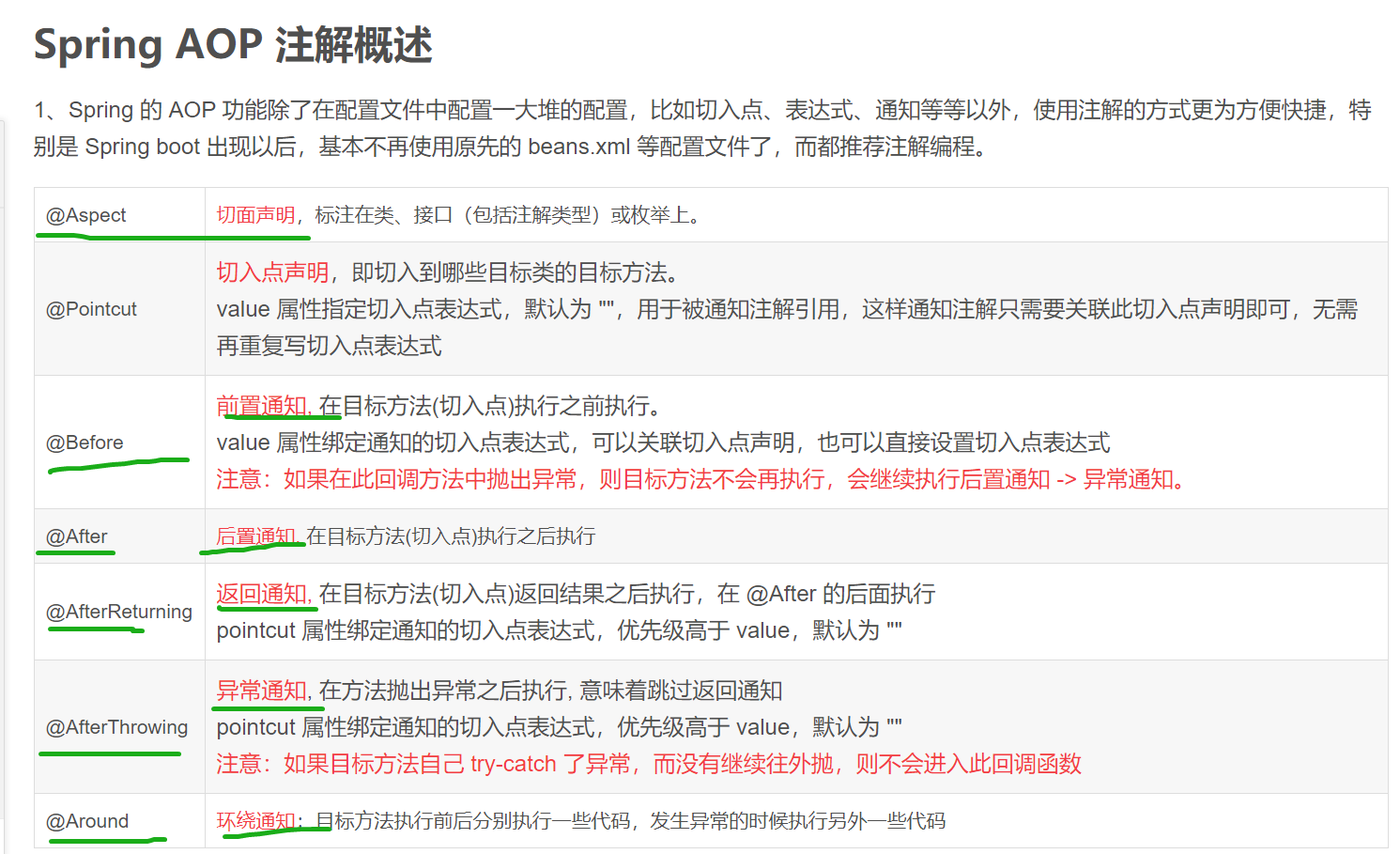Agent mode why should we learn agent mode?
Because this is the bottom layer of spring AOP
Our business logic is like this
dao layer - > service layer - > controller layer - > front end
Like static agents, dynamic agents are dynamically generated.
Before you look at dynamic proxies, look at two classes
Proxy: proxy class, which has a very important method newProxyInstance()
InvokationHandler: interface. It has an abstract method, which is a concrete operation to enhance the method
AOP: without changing the source code of the project, the change of a method is AOP aspect oriented programming. The underlying layer of AOP uses dynamic agents
Dynamic proxy operation
First, determine the interface method and interface implementation class to operate
Interface`
public interface Show {
void gethost();
}
Interface implementation class
public class Host implements Show{
@Override
public void gethost() {
System.out.println("House rental");
}
}
Dynamic proxy class
package com.mumu.dao01;
import java.lang.reflect.InvocationHandler;
import java.lang.reflect.Method;
import java.lang.reflect.Proxy;
public class Proxy1 implements InvocationHandler{
public static void main(String[] args) {
/** Pass the interface to newProxyInstance to use */
Class[] interfaces={Show.class};
/** Call newProxyInstance method parameter 1 with Proxy class; Loader of the current class, parameter 2; Interface parameter 3 to be cut in; Object of Proxy class */
Show o = (Show)Proxy.newProxyInstance(Proxy1.class.getClassLoader(), interfaces, new Proxy1(new Host()));
o.gethost(); //Method of calling interface
}
//Pass the implementation class of the interface
Object obj;
//Passed in the form of a constructor
public Proxy1(Object obj){
this.obj=obj;
}
/** The implementation class method of this interface is the specific operation of the enhanced interface method */
@Override //Parameter 1; Object parameter 2 of interface implementation class; Proxy method parameter 3; array
public Object invoke(Object proxy, Method method, Object[] args) throws Throwable {
System.out.println("12");
Object invoke = method.invoke(obj, args);// This call is to call the original method in the interface. Code enhancement methods can be written above or below it
System.out.println("45");
return invoke;
}
}
Learn about dynamic agents
Let's understand AOP operational terminology
Join point: where in the class can be enhanced, these methods are called join points
Entry point: the actual method of real enhancement becomes the entry point
Notification (enhancement): the logical part that is actually enhanced is called notification
Section: action
AOP operation preparation:
1 spring frameworks generally implement AOP operations based on AspectJ
What is AspectJ?
AspevcJ is an independent framework. It is not a part of spring. Generally, AspevcJ is used together for AOP operation
First, understand the pointcut expression:
Means to be right com.mumu.test.Userimp.add()Method for section operation execution(* com.mumu.test.Userimp.add(..))
It is used in conjunction with annotations
for example
//Declare which method to cut in @ Before is the pre cut in
@Before(value = "execution(* com.mumu.test.Userimp.add(..))")

proxy class
@Component
@Aspect//Adding this annotation means that this is a cross-sectional declaration
public class Porxy02 {
//Declare which method to cut in @ Before is the pre cut in
@Before(value = "execution(* com.mumu.test.Userimp.add(..))")
public void before(){
System.out.println("Front");
}
}
configuration file
<?xml version="1.0" encoding="UTF-8"?>
<beans xmlns="http://www.springframework.org/schema/beans"
xmlns:xsi="http://www.w3.org/2001/XMLSchema-instance"
xmlns:context="http://www.springframework.org/schema/context"
xmlns:aop="http://www.springframework.org/schema/aop"
xsi:schemaLocation="http://www.springframework.org/schema/beans http://www.springframework.org/schema/beans/spring-beans.xsd
http://www.springframework.org/schema/context http://www.springframework.org/schema/context/spring-context.xsd
http://www.springframework.org/schema/aop http://www.springframework.org/schema/aop/spring-aop.xsd">
<!-- Turn on packet scanning-->
<context:component-scan base-package="com.mumu.test"> </context:component-scan>
<!-- open aop-->
<aop:aspectj-autoproxy></aop:aspectj-autoproxy>
</beans>
Test class
package com.mumu.test;
import org.springframework.context.ApplicationContext;
import org.springframework.context.support.ClassPathXmlApplicationContext;
public class test {
public static void main(String[] args) {
ApplicationContext context = new ClassPathXmlApplicationContext("bean.xml");
Userimp userAop = context.getBean("userimp", Userimp.class);
userAop.add();
}
}
Note that we need to import packages when using AspectJ
After completing the operation
So the problem is, if there are multiple methods that want to enhance a method
How to determine priority?
Just add annotation @ order (numerical value) on the enhanced class. The smaller the numerical value, the higher the priority